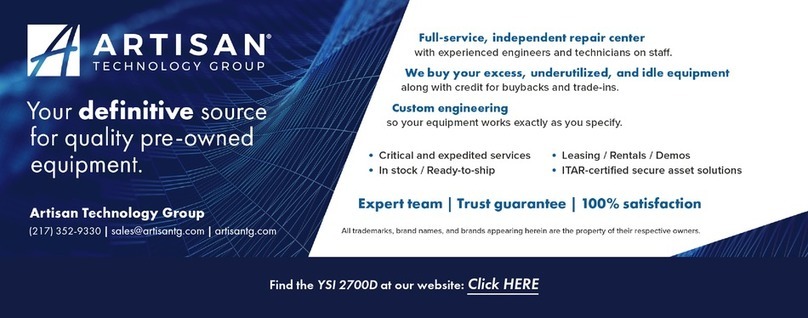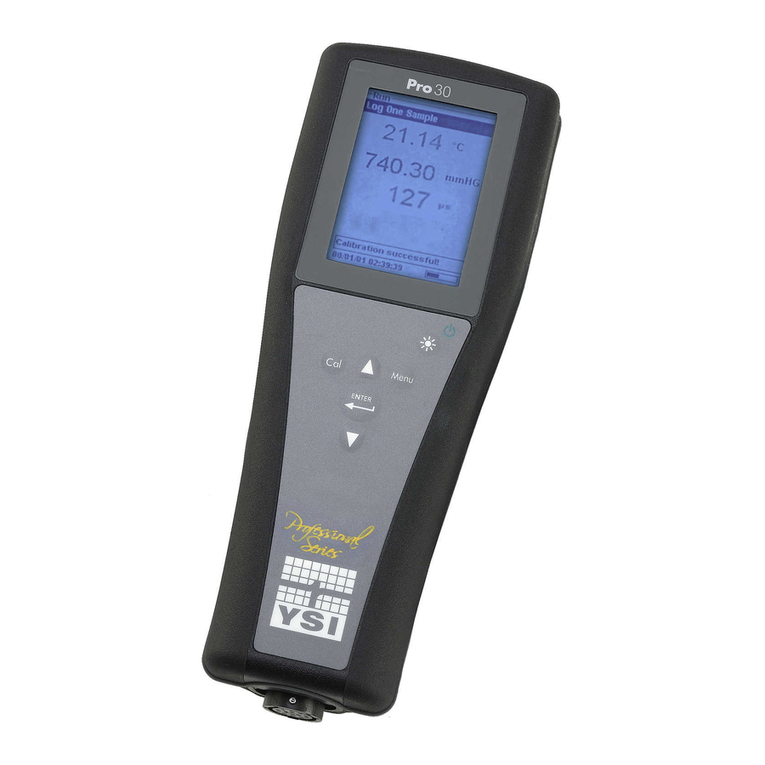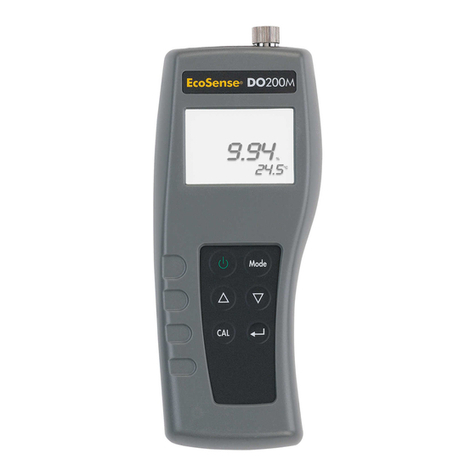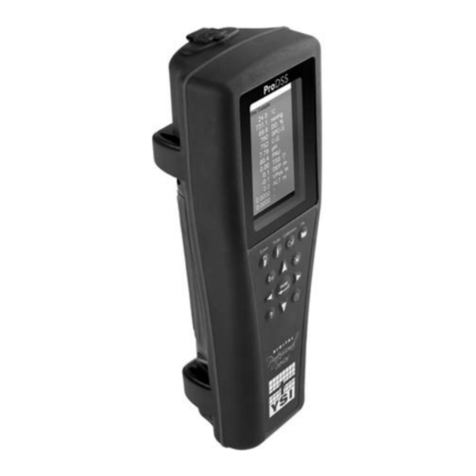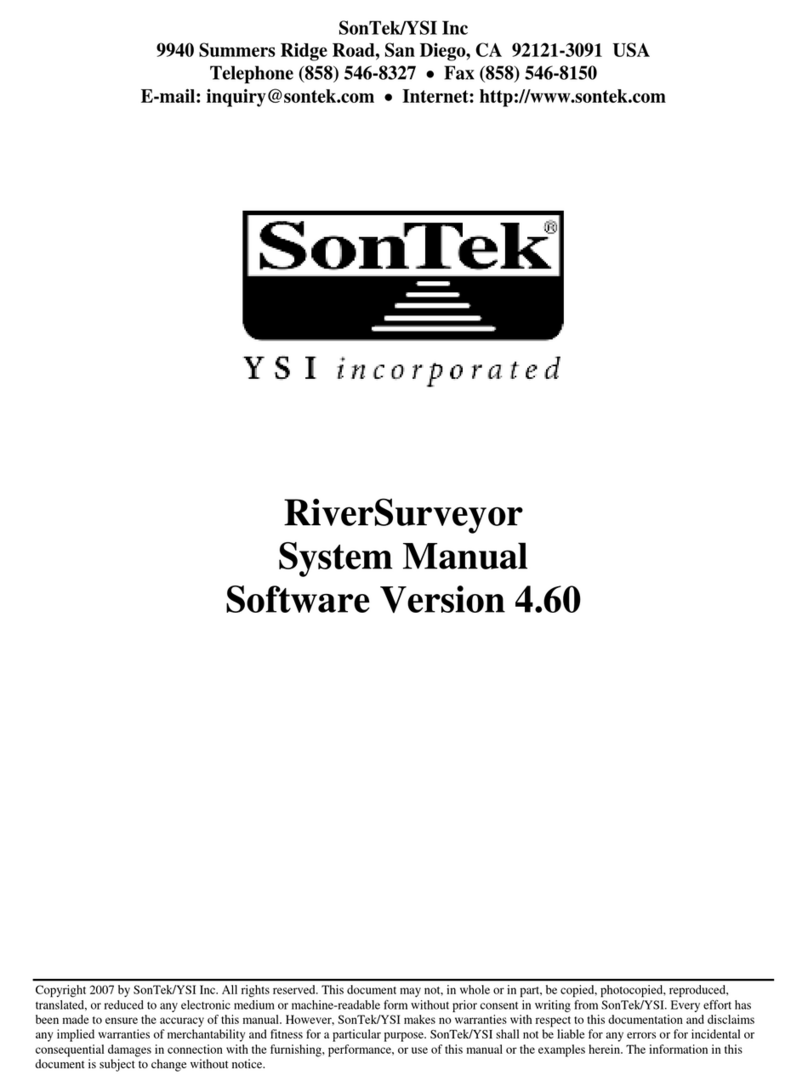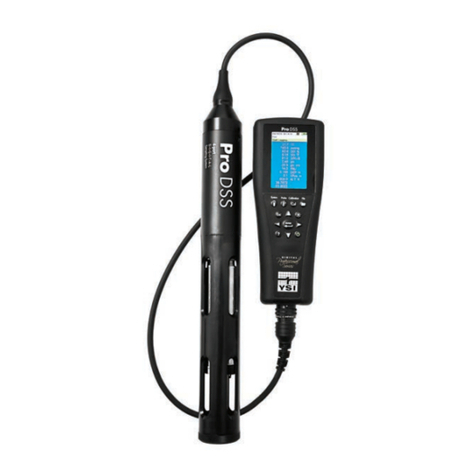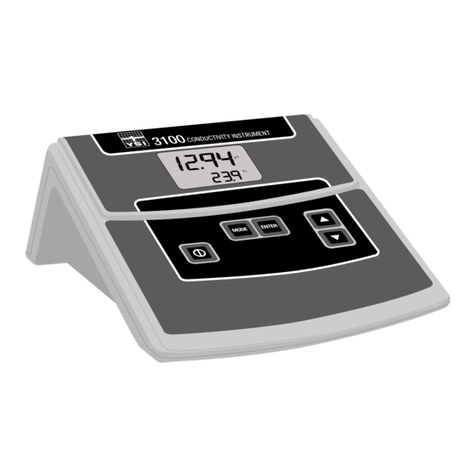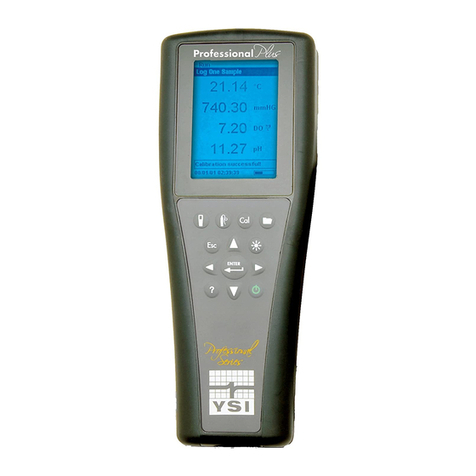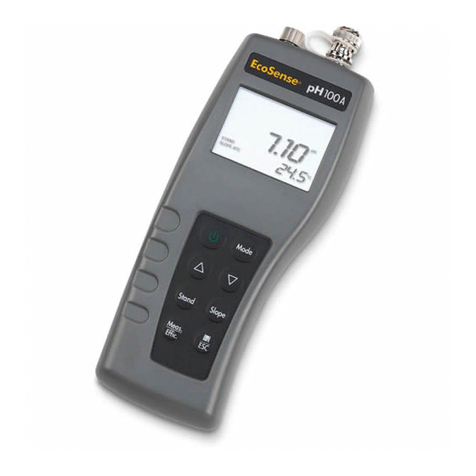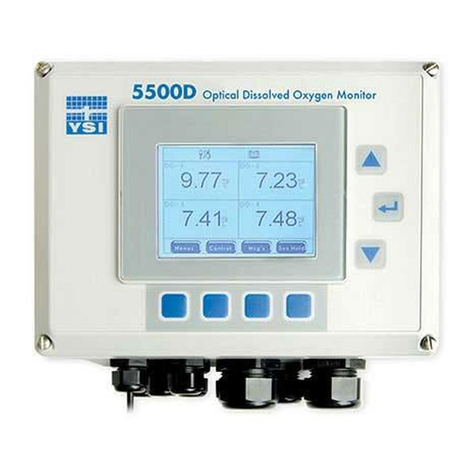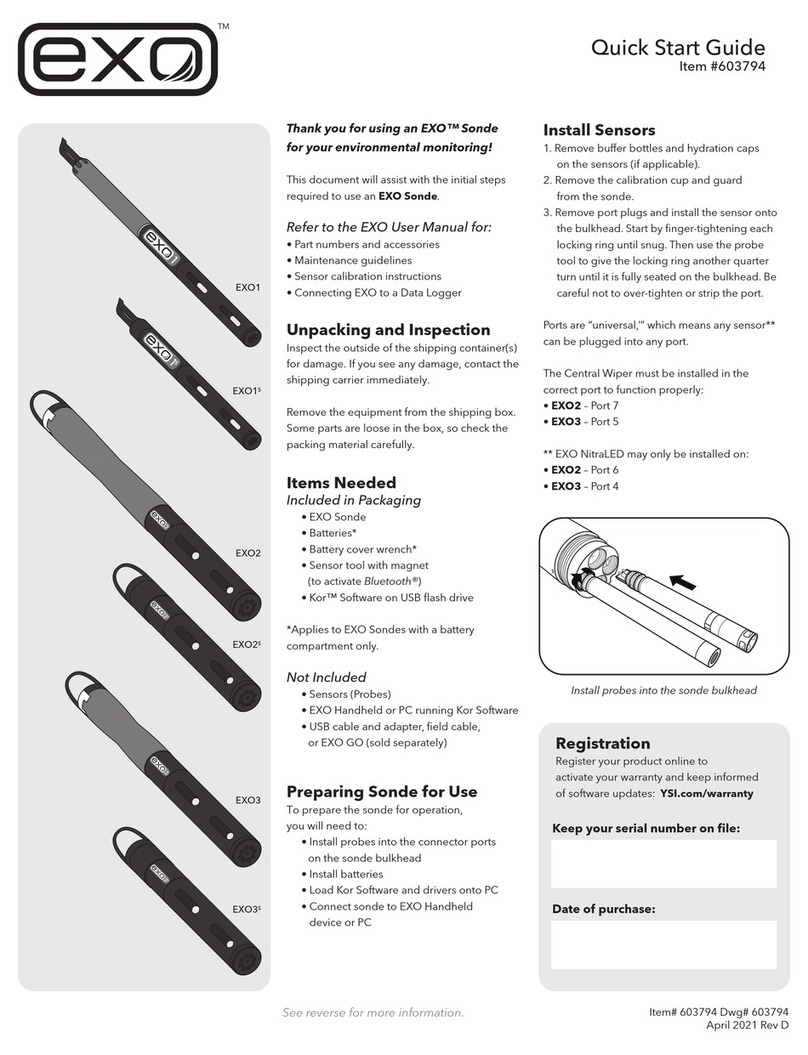
3
Ethernet Port............................................................................................................................987.5 7.5.1 LAN (Shared Network Connection)...................................................................................98
7.5.2 Router (Private Network Connection) ...............................................................................98
7.5.3 Accessing Stored Data......................................................................................................99
8. Chemistry Setup.........................................................................................................................101
Sample Volume .....................................................................................................................1018.1
Measurement Parameter Information....................................................................................1018.2 8.2.1 Choline............................................................................................................................102
8.2.2 Ethanol/Ethanol-HC ........................................................................................................103
8.2.3 Galactose........................................................................................................................104
8.2.4 D-Glucose (Dextrose) .....................................................................................................105
8.2.5 L-Glutamate (L-Glutamic Acid) .......................................................................................106
8.2.6 L-Glutamine.....................................................................................................................107
8.2.7 Glycerol...........................................................................................................................108
8.2.8 Hydrogen Peroxide .........................................................................................................109
8.2.9 L-Lactate .........................................................................................................................110
8.2.10 Lactose.....................................................................................................................111
8.2.11 Methanol...................................................................................................................112
8.2.12 Sucrose.....................................................................................................................113
8.2.13 Xylose.......................................................................................................................114
8.2.14 Simultaneous Ammonium and Potassium................................................................115
8.2.15 Simultaneous Glucose and L-Lactate ......................................................................116
8.2.16 Simultaneous Glucose and Sucrose ........................................................................117
8.2.17 Simultaneous Glucose and Xylose...........................................................................118
8.2.18 Simultaneous L-Glutamate and L-Glutamine...........................................................119
9. Operational Checks and Maintenance.....................................................................................119
Cleaning, Disinfecting, and Decontaminating........................................................................1199.1 9.1.1 Touch Panel....................................................................................................................119
9.1.2 Decontamination Procedures..........................................................................................119
Daily Maintenance.................................................................................................................1209.2 9.2.1 Empty the Waste Bottle(s) ..............................................................................................120
9.2.2 Check the Calibrator Bottle(s).........................................................................................120
9.2.3 Check the Buffer Bottle(s)...............................................................................................120
9.2.4 Check for Leaks..............................................................................................................120
9.2.5 Clean up Spills ................................................................................................................120
9.2.6 Daily Operational Checks................................................................................................120
Monthly Maintenance ............................................................................................................1209.3 9.3.1 Calibration Pumping System Maintenance.....................................................................120
Preventive Maintenance – 6 months or 1000 Hours.............................................................1219.4 9.4.1 Sample Module Cleaning................................................................................................121
9.4.2 Waste Module Cleaning..................................................................................................122
9.4.3 Enzyme Probe Cleaning .................................................................................................122
9.4.4 ISE Cleaning ...................................................................................................................123
9.4.5 Sipper pump Seal Replacement.....................................................................................123
9.4.6 Bottle Tubing...................................................................................................................125
9.4.7 Pump Tubing Replacement ............................................................................................127
9.4.8 Install Waste Modules.....................................................................................................130
9.4.9 Waste Tubing..................................................................................................................130
9.4.10 Install Sample Modules ............................................................................................131
9.4.11 Sipper Replacement.................................................................................................131
9.4.12 Calibrate Sipper........................................................................................................132
9.4.13 Install Bottles ............................................................................................................132
9.4.14 Install Membranes and ISEs.....................................................................................132
9.4.15 Prime Fluid System ..................................................................................................132





